I am a big fan of Ann Patchett, whose Bel Canto is one of the best books I’ve ever read. I have long wanted to read her 2004 book Truth and Beauty, which is about her friendship with Lucy Grealy, a fellow writer whom Patchett befriended at the Iowa Writer’s Workshop. Grealy wrote her own memoir in 1994, and I have heard people say that it is helpful to read Truth and Beauty and Grealy’s Autobiography of a Face in tandem, as one can get a much fuller picture of the friendship through both books rather than through Patchett’s memoir alone.
I opted to start with Autobiography of a Face. Lucy Grealy, an 8 year-old living in suburban NJ with her Irish immigrant family of mom, dad, two sisters and two brothers, was diagnosed with Ewing’s Sarcoma, a type of cancer, in her jaw. This led to many, many surgeries on her face before she was even ten years old, plus almost three years of chemotherapy and radiation. The surgeries and radiation caused significant disfigurement to her face, and Autobiography of a Face is about Grealy’s attempt to find happiness and human connection in her life, despite the alienation she felt growing up with a physical deformity.
Grealy was a smart, introspective girl who was forced to unimaginable levels of stoicism due to her parents’ lack of support and empathy for her situation. She seems to have spent many of her treatments, surgeries and recoveries alone in the hospital, facing immense pain, fear and boredom. Throughout, she challenges herself over and over again to find ways to “please” those around her – doctors, parents – by not complaining and silently enduring the endless discomforts and indignities brought upon her.
After the initial spate of procedures, Grealy went through several unsuccessful reconstructions in her late teens and twenties in an attempt to make her face look “normal” again. Most of the time, the surgeries proved unsuccessful, as her face reabsorbed the newly grafted tissue and bone and reverted back to the way it looked beforehand.
How does one go on, faced with this constant cycle of dashed hopes, physical pain, and extreme self-consciousness? In Autobiography of a Face, Grealy is always searching for the answer to this question. At one point, she writes, “Now I knew that joy was a kind of fearlessness, a letting go of expectations that the world should be anything other than what it was. And I felt I’d at last discovered the means with which to actively seek out this kind of being, this kind of beauty.”
Autobiography of a Face is a somewhat harrowing book, without much joy to it. Grealy is an interesting woman, to be sure, and what she went through was beyond awful. But she’s also self-absorbed and pretty cold, with very few mentions of her family and how her illness affected them. She seemed to care only about how others reacted to her (and what reactions they caused in her), and not at all about what life was like for those people.
I am eager to read Patchett’s side of the story, to get another perspective and for the chance to read her lovely writing! Will report back once I’ve read Truth and Beauty.



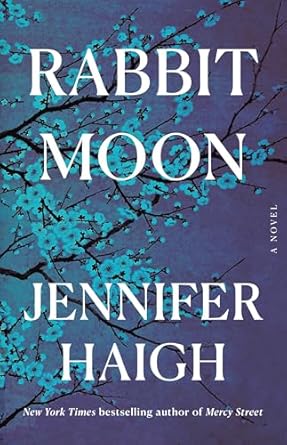

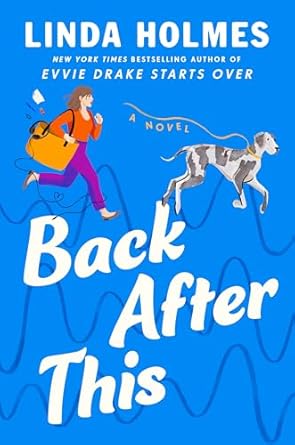
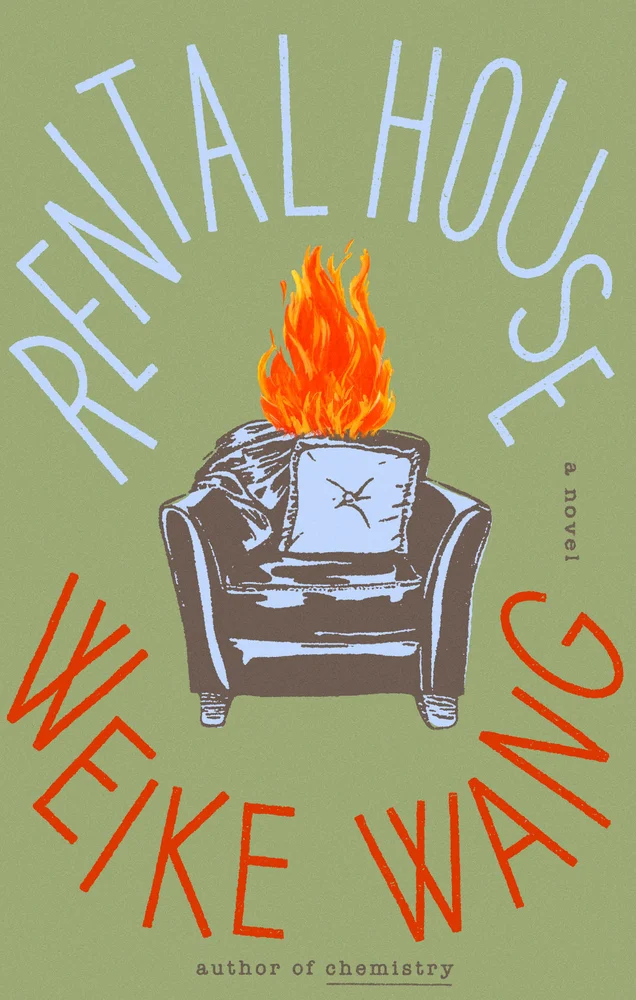
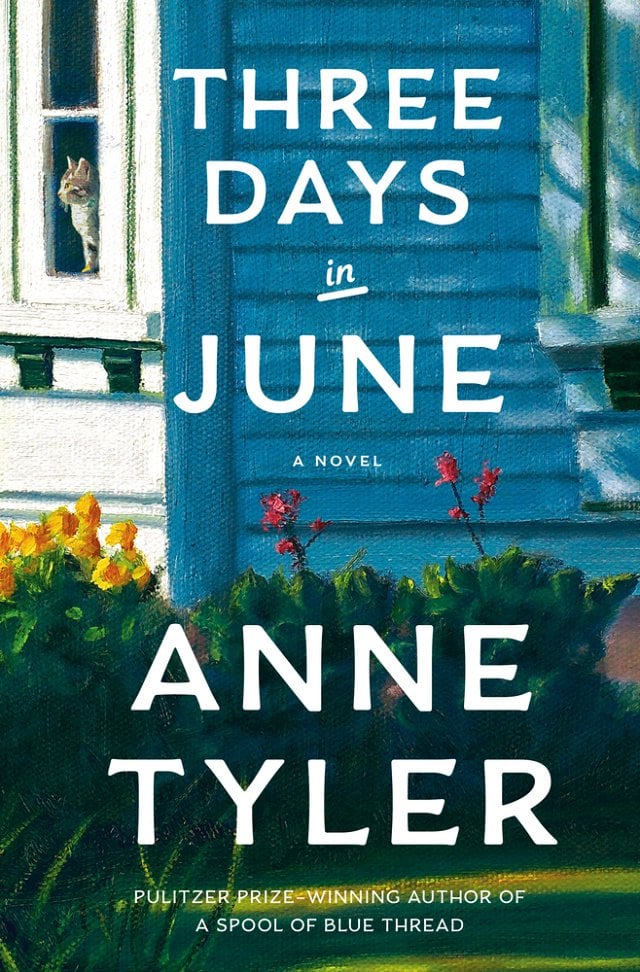


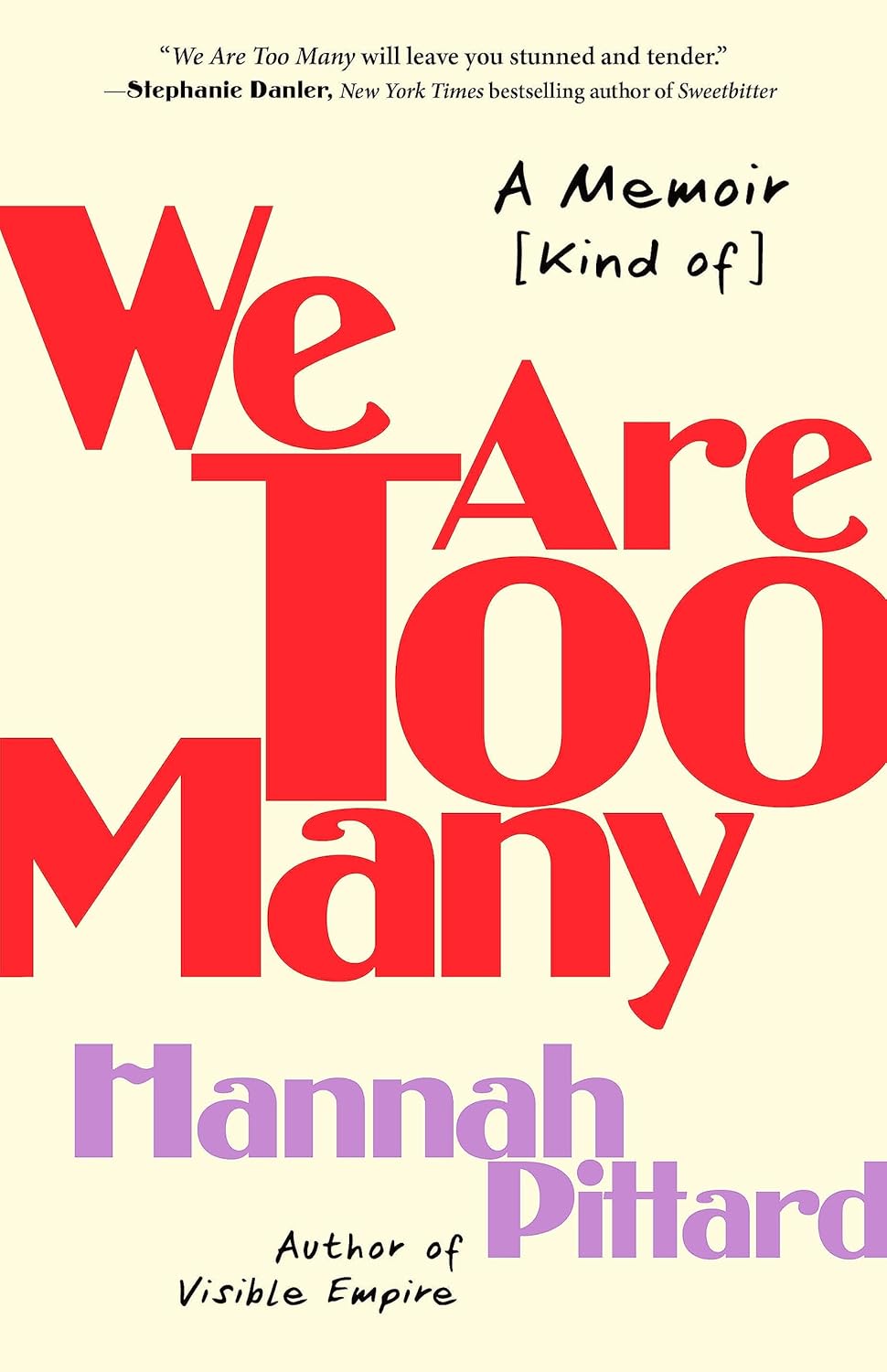
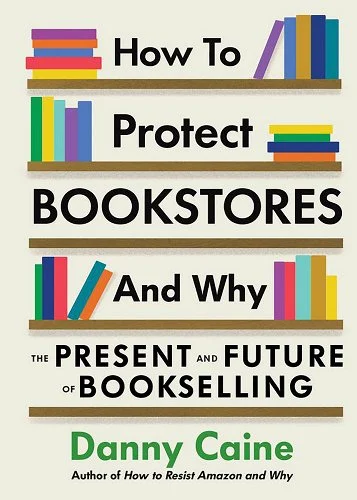
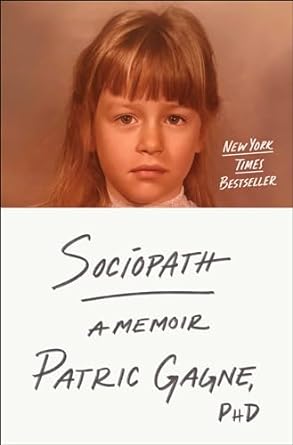
About Me
I have been blogging about books here at Everyday I Write the Book since 2006. I love to read, and I love to talk about books and what other people are reading.